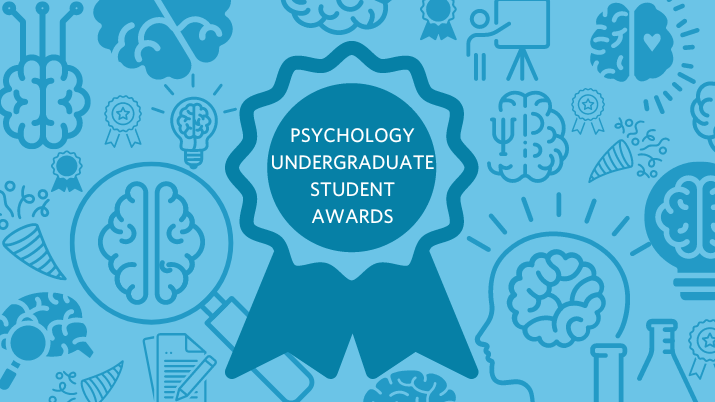

Western institutions of psychology have an intimate history with white supremacy, colonialism, racism, and homophobia. Therefore, it is important that institutions reflect on their roles in their perpetuation of the many ‘isms’ and reflect this in their core values, tenets, and bylaws. One such organization is the American Psychosomatic Society (APS).
The mission of APS is to promote and advance the scientific understanding and multidisciplinary integration of biological, psychological, behavioral and social factors in human health and disease, and to foster the dissemination and application of this understanding in education and health care.
Dr. Nancy L. Sin (she/her/hers) is an Associate Professor of Psychology at the University of British Columbia. Dr. Sin serves as the co-chair of the Antiracism Task Force (ARTF) for the American Psychosomatic Society. The ARTF recently published a paper that describes the organizational change and lessons learned in their work. One of the goals of this paper is to serve as a framework that could guide other professional societies and organizations who might be interested in improving their policies and practices to align with the principles of antiracism.
We spoke to Dr. Nancy Sin to learn more about the work being conducted within the organization, the impact of the ARTF, and more!
Why did the APS Antiracism Task Force publish this paper?
This paper reports on the activities of the American Psychosomatic Society’s Antiracism Task Force, for which I am a member (and now a Co-Chair). Our task force was formed to identify manifestations of systemic racism within the organization and to make recommendations for building a more inclusive and equitable professional organization. We wrote this paper in the hopes that it would provide a guiding framework, implementation procedures, and lessons that would benefit other groups, institutions, and organizations striving towards antiracism.
Why is it important?
It is important to enhance the diversity of the workforce in the sciences and medicine because it ensures that education, research, and clinical care will be applicable for our diverse society at large. Scientific organizations can support and advance antiracist activities, such as enhancing training, funding, and mentorship opportunities and promoting the voices of scholars from communities subjected to marginalization. However, organizations can (and often do) have systemic problems that perpetuate racism and pose barriers for inclusion. An important first step for an organization is to look inward and assess its policies, procedures, and processes to ensure that antiracism is centered at the infrastructure level.
“...We intend to increase the visibility of racism in research environments, clinical practice, and organizational systems in order to eliminate it. We also seek to amplify the voices of racially diverse individuals through mentorship, outreach, recruitment, and retention activities.”
Looking ahead, what ought to come out of this work?
The members of our organization want to see these changes. In a membership survey fielded in 2021, 99.2% of respondents marked “agree” or “strongly agree” to the statement, “As a professional organization, APS has a responsibility to support diversity, equity, and inclusion in the field.” Progress could be measured in a number of ways, but we do not see the work of antiracism as ever being fully achieved or finished.
Moving forward, we intend to increase the visibility of racism in research environments, clinical practice, and organizational systems in order to eliminate it. We also seek to amplify the voices of racially diverse individuals through mentorship, outreach, recruitment, and retention activities. These activities are carried out by collaborating with individuals that are impacted by organizational policies and procedures. Importantly, we want to monitor the progress of these activities and to promote accountability of individuals and systems.
What, in your eyes, is the broad-reaching impact of ARTF?
I’m proud that the Antiracism Task Force proposed changes to the bylaws for the American Psychosomatic Society that will enhance inclusion and reduce barriers for members. For example, we recommended changes to the bylaws that would allow self-nominations for leadership positions and awards, making it easier and less expensive for trainees and early career researchers / clinicians to become members, use more inclusive language, and commit to diversity (broadly defined) in seeking candidates for leadership positions. Separate from our bylaws, the Task Force has advocated for other changes. For example, the abstract submissions for our annual conference will include a question asking about how the submission contributes to diversity, in terms of the topic, sample, and/or members of the research team.
I have already seen impacts of the Task Force’s work in the past two years, but the bigger impacts of these changes—on membership composition, mentoring and networking activities, topics in the annual conferences, the science published in the Society’s journal, and the culture of the organization—will be felt in the years to come.
“We recommended changes to the bylaws that would allow self-nominations for leadership positions and awards, making it easier and less expensive for trainees and early career researchers / clinicians to become members...”
As a current co-chair of the task force, what do you see in the future of the ARTF?
There is quite a lot that we still want to accomplish! The Task Force is charged with ensuring that all corners of the organization are actively antiracist in procedures and activities. Our work is time-delimited; we need to accomplish our task of identifying and remedying racist organizational policies within several years. In the near future, we are continuing to meet with Chairs of all committees and Special Interest Groups in our organization to learn about how they incorporate EDI into their work and to offer our support. I hope to build bridges between different groups to accomplish shared goals, such as greater attention to issues of equity and inclusion in mentorship, representation, and networking.
The co-authors of the paper The American Psychosomatic Society Antiracism Task Force: Implementation, Activities, and Lessons Learned are Drs. Briana Mezuk, Nancy Sin, Michael V. Stanton, Yvette Szabo, Janet A. Tomiyama, Kristi E. White


